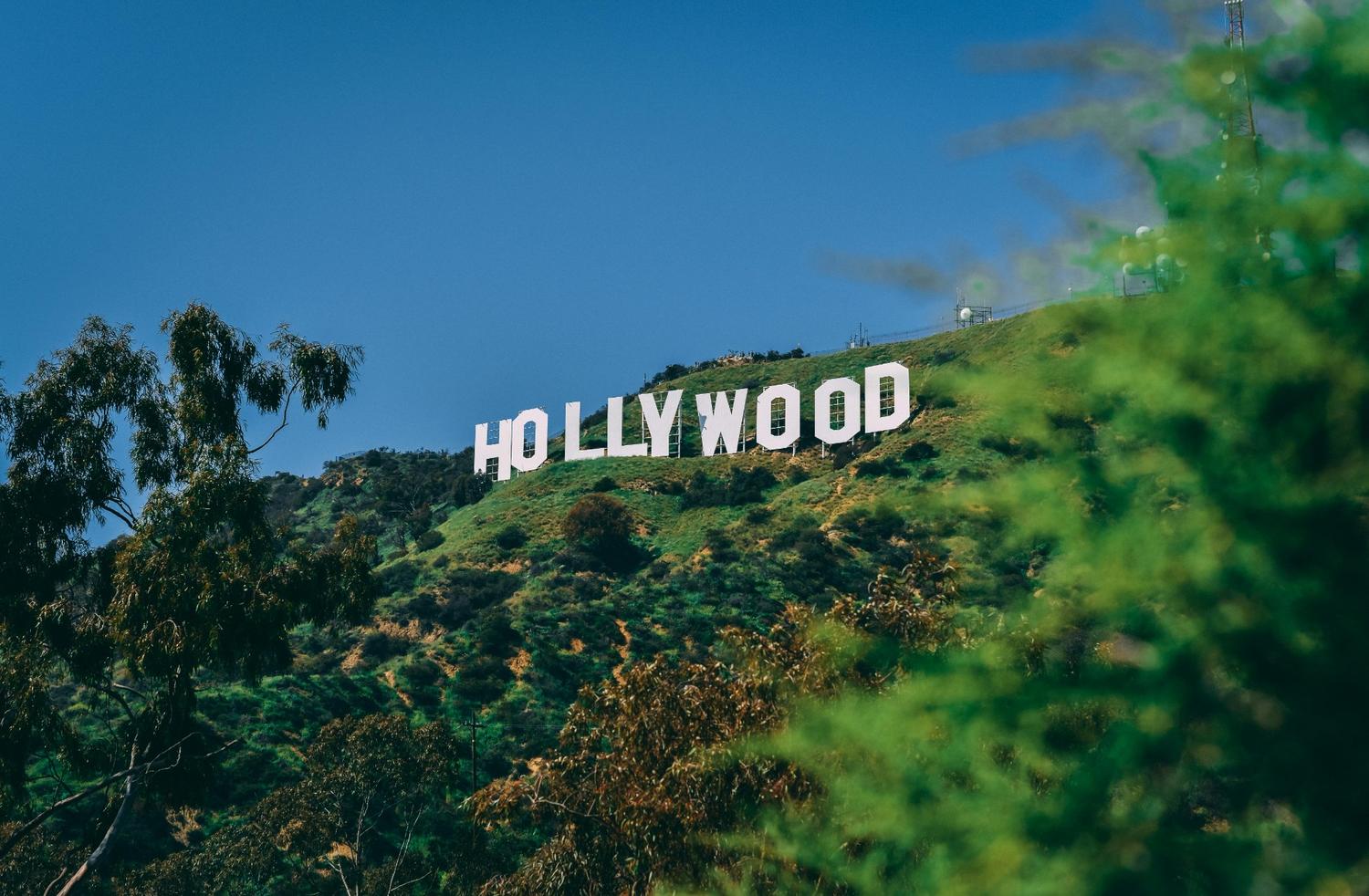The advertising world is evolving rapidly, with creative agencies in Los Angeles leading the charge in adopting sustainable and eco-friendly practices. Known for its innovation and trendsetting culture, LA is home to some of the most forward-thinking creative agencies pushing boundaries to make advertising not only impactful but also environmentally conscious.
In this blog, we’ll explore how Creative Agencies in LA are integrating sustainability into their campaigns, why it matters, and the strategies they’re using to align creativity with environmental responsibility. We’ll also explore its importance and challenges.
Why Sustainability Matters in Advertising
Sustainability has transitioned from being a buzzword to a critical consideration in branding. Modern consumers, particularly Millennials and Gen Z, prioritize eco-friendly practices when choosing products and services. A Nielsen study found that 73% of global consumers are willing to change their consumption habits to reduce environmental impact. This growing awareness is pushing brands to adopt greener practices—and advertising is no exception.
For Creative Agencies in LA, sustainability represents an opportunity to:
Enhance Brand Trust: Eco-friendly practices foster consumer trust and loyalty.
Stand Out in a Crowded Market: Sustainable campaigns differentiate brands in competitive industries.
Attract Conscious Consumers: Environmentally aware consumers are more likely to engage with brands that reflect their values.
 How Creative Agencies in LA Are Leading the Way
How Creative Agencies in LA Are Leading the Way
1. Eco-Friendly Production Techniques
From print materials to video shoots, LA agencies are adopting sustainable practices in production:
Recycled Materials: Agencies are using recycled paper for print ads and packaging.
Renewable Energy: Studios and production sets are powered by renewable energy sources.
Green Filming Practices: Minimizing waste and reducing the carbon footprint during video production are becoming standard.
2. Sustainable Messaging in Campaigns
Agencies are incorporating green themes into their messaging to resonate with eco-conscious consumers. Examples include:
Highlighting a brand’s commitment to sustainability in ads.
Using storytelling to educate audiences about environmental issues.
Partnering with eco-friendly organizations to enhance credibility.
3. Digital-First Strategies
Digital advertising inherently reduces the environmental impact compared to traditional methods like billboards and print. LA’s creative agencies are leveraging:
Programmatic Advertising: Targeted ads reduce waste by reaching only relevant audiences.
Interactive Content: Digital campaigns like AR and VR reduce the need for physical materials while enhancing engagement.
Social Media Campaigns: Platforms like Instagram and TikTok are ideal for sharing eco-conscious messages.
Best Practices for Incorporating Sustainability in Campaigns
1. Audit and Optimize Production Processes
Evaluate current production methods and identify areas to reduce waste, energy consumption, or reliance on non-renewable resources.
2. Partner with Like-Minded Brands
Collaborate with eco-conscious organizations or brands to amplify messaging and reach a wider audience.
3. Focus on Transparency
Consumers value honesty. Be upfront about sustainability efforts, including challenges and areas for improvement.
4. Educate and Inspire
Use campaigns to educate audiences about sustainability and inspire action, such as reducing waste or supporting green initiatives.
The Importance of Sustainability in Advertising
Sustainability in advertising is more than a trend—it is a reflection of growing consumer demand for eco-friendly practices and socially responsible brands. Sustainable advertising enhances brand reputation, fosters consumer trust, and aligns businesses with the values of environmentally conscious audiences. It goes beyond the message; it involves the medium, the process, and the overall impact on the planet.
Challenges in Adopting Sustainable Practices
While the benefits of sustainability are clear, creative agencies face challenges, including:
Higher Initial Costs: Implementing green practices can require significant upfront investment.
Knowledge Gaps: Not all creatives are familiar with sustainable techniques.
Balancing Creativity and Sustainability: Finding ways to maintain creative freedom while adhering to eco-friendly guidelines can be complex.
The Future of Sustainability in Advertising
As sustainability becomes a core focus for consumers, Creative Agencies in LA will continue to innovate and lead the charge. The integration of technology, eco-friendly practices, and impactful storytelling will define the future of advertising, ensuring brands resonate with modern audiences while contributing to a healthier planet.


 How Creative Agencies in LA Are Leading the Way
How Creative Agencies in LA Are Leading the Way




